lifespan of wooden rose supporting structures and HOAs
beaniebeagle
10 years ago
Related Stories
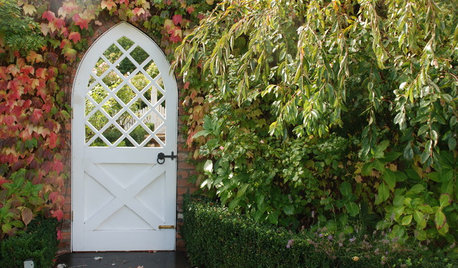
CURB APPEAL10 Gorgeous Gates That Make a Stylish Statement
From wrought iron masterpieces to simple wooden designs, there’s a gate for any garden
Full Story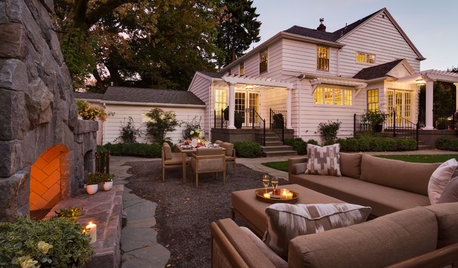
GARDENING AND LANDSCAPINGHouzz Survey: See What Homeowners Are Doing With Their Landscapes Now
Homeowners are busy putting in low-maintenance landscapes designed for outdoor living, according to the 2015 Houzz landscaping survey
Full Story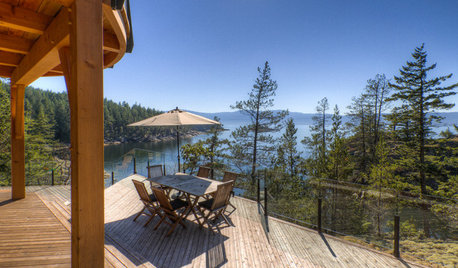
DECKSDecking Materials Beyond Basic Lumber
Learn about softwoods, tropical hardwoods, composites and more for decks, including pros, cons and costs
Full Story
REMODELING GUIDESOriginal Home Details: What to Keep, What to Cast Off
Renovate an older home without regrets with this insight on the details worth preserving
Full Story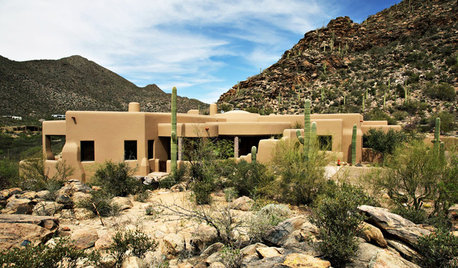
TRADITIONAL ARCHITECTURERoots of Style: Pueblo Revival Architecture Welcomes Modern Life
Centuries-old details of adobe construction still appeal in the desert Southwest, adapted to today's tastes
Full Story
FRONT YARD IDEASBefore and After: Front Lawn to Prairie Garden
How they did it: Homeowners create a plan, stick to it and keep the neighbors (and wildlife) in mind
Full Story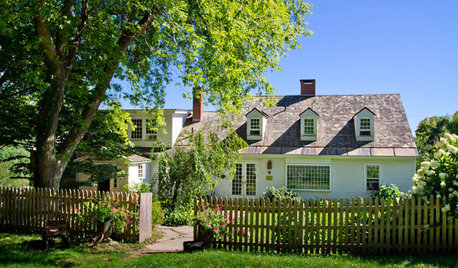
LIFECreate a 'Forever House' Connection
Making beautiful memories and embracing your space can help you feel happy in your home — even if you know you'll move one day
Full Story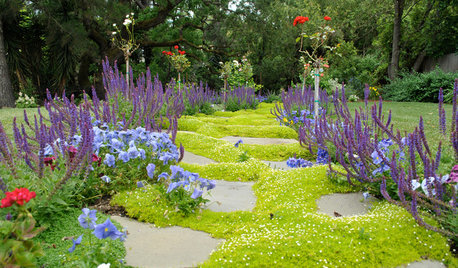
LANDSCAPE DESIGNExplore Your Garden Personality: The Whimsical Gardener
Begging exploration and drawing smiles, whimsical gardens make an art form of fun. Here’s how to keep them in balance
Full Story
GARDENING GUIDESSmall Carpenter Bees Are Looking for a Home in Your Plant Stems
Provide flowers and nesting sites in your garden for this beautiful, tiny, metallic blue wild bee — your plants will thank you
Full Story
LIFECondo, Co-op, Townhouse, TIC — What's the Difference?
Learn the details about housing alternatives so you can make a smart choice when buying a home
Full Story









lori_elf z6b MD
anntn6b
Related Professionals
Oatfield Landscape Architects & Landscape Designers · Sand Springs Landscape Architects & Landscape Designers · Allentown Landscape Contractors · Alamo Landscape Contractors · Hendersonville Landscape Contractors · Lake Zurich Landscape Contractors · Pacifica Landscape Contractors · Palos Verdes Estates Landscape Contractors · Rio Linda Landscape Contractors · Webster Groves Landscape Contractors · Weslaco Landscape Contractors · 07920 Landscape Contractors · Jericho Swimming Pool Builders · Newington Siding & Exteriors · Scotch Plains Siding & Exteriorsportlandmysteryrose
rosefolly
NewGirlinNorCal
rosefolly
vasue VA